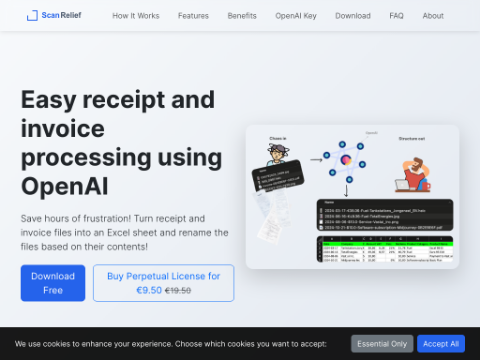OpenAI is anticipated to lead a $60 million funding round for Opal Camera Inc., a consumer electronics startup specializing in high-end webcams.
The Information has revealed investment plans by the creators of ChatGPT. It is expected that OpenAI will join several existing backers of Opal in this new financing round, identified as Series B. Founders Fund and Kindred Ventures are among the returning investors likely to participate.
Opal's flagship product is a $149 webcam named Tadpole, designed to clip onto laptop screens. This compact device measures 1.25 inches square and weighs about the same as an AA battery. Tadpole can record videos up to 3840x2160 pixels resolution, a clarity typically found in more expensive webcams, according to Opal.
Users can customize their Tadpole devices using a companion app called Composer. It allows adjustments to lighting levels and other settings when the default configurations aren't sufficient.
According to The Information's sources, after completing the Series B funding led by OpenAI, Opal will continue producing webcams but also allocate some resources towards developing AI-powered gadgets intended as "creative tools" for consumers.
OpenAI has already invested in over a dozen startups through its venture capital fund initiated three years ago. Some of these companies utilize OpenAI's large language models to enhance their offerings. For instance, portfolio company Figure AI Inc. launched a humanoid robot on Tuesday that leverages a custom OpenAI language model to process user commands.
The AI-driven devices Opal plans to develop may integrate OpenAI technologies, potentially collaborating with ChatGPT developers' image and video generation models due to their focus on creative applications.
Opal isn't new to creating AI-equipped consumer devices. Two years before launching Tadpole, it introduced the C1 webcam, priced at twice the amount, which utilized machine learning to improve video quality and enabled features like background blur.
Internally, the C1 was powered by Intel's Movidius Myriad X vision chip, featuring a Neural Compute Engine optimized for running AI models, complemented by 16 customizable cores.
Beyond consumer electronics, OpenAI's interest in AI hardware extends into other sectors. Last month, The Information reported that OpenAI was in talks with Broadcom to develop custom AI chips, having hired engineers who previously worked on Google's TPU series.








